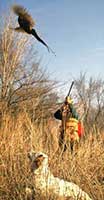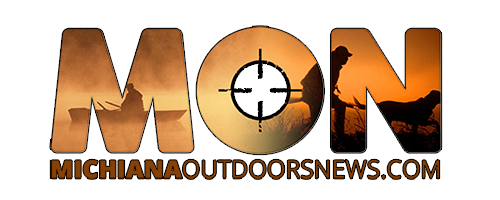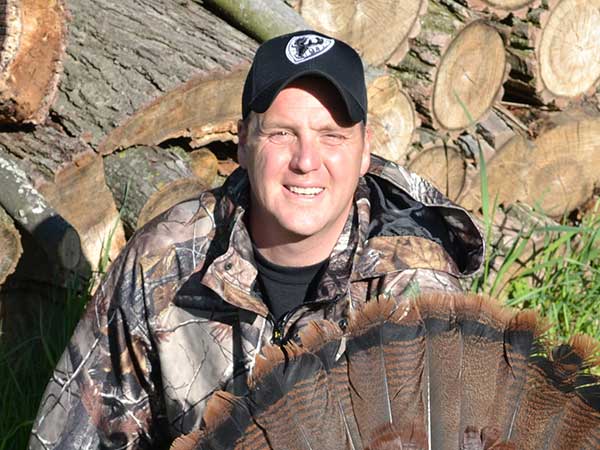- Details
The 2014-2015 Indiana fall hunting season has arrived.
Indiana's squirrel season runs Aug. 15 through Jan. 31. Hunters may harvest both gray and fox squirrels, and can harvest up to five squirrels per day.
Indiana's abundant squirrel populations offer great hunting, and squirrel season can be an opportunity to introduce beginners to hunting.
- Details
(Provided by Michigan DNR)
The Michigan DNR reminds woodcock hunters to add a free woodcock stamp to their base license this year.
The free woodcock stamp automatically registers woodcock hunters with the Migratory Bird Harvest Information Program (HIP). These HIP records are vital for the management of American woodcock and are used to estimate harvest and days spent afield.
- Details
(Provided by Pheasants Forever)
Two factors are of critical importance to maintaining healthy pheasant populations: weather and available habitat. While these elements affect pheasants year-round, they’re highlighted annually as the harshest season comes to an end and pheasants begin their next reproductive cycle. A tough winter can certainly result in bird mortality, but the real key is getting healthy and strong hens into spring nesting season. Healthy hens lead to larger clutches of eggs, which adds up to more chicks headed toward autumn.
Generally speaking, the winter of 2013-2014 was toughest on pheasants and pheasant habitat in the Great Lakes region where heavy snows and bitter cold made for a long winter that continues despite the calendar turning to spring. Meanwhile, the Dakotas experienced a relatively mild winter, while the lack of snow accumulation across parts of the Great Plains has biologists concerned, the moisture being needed to restore habitat conditions following three years of drought. Here’s a state-by-state breakdown:
- Details
(Provided by Michigan DNR)
 Pheasant Season Kicks OffWith the opening of pheasant hunting season right around the corner, the Michigan DNR reminds hunters that there are a growing number of opportunities to take part in this treasured Michigan tradition.
Pheasant Season Kicks OffWith the opening of pheasant hunting season right around the corner, the Michigan DNR reminds hunters that there are a growing number of opportunities to take part in this treasured Michigan tradition.
Pheasant hunting season is Oct. 10-31 in the Upper Peninsula in Menominee County and portions of Iron, Marquette, Dickinson and Delta counties; Oct. 20 - Nov. 14 in the Lower Peninsula and Dec. 1 - Jan. 1 in selected areas of Zone 3. The bag limit is two male pheasants daily, with four in possession. A small game license is required to hunt pheasants.
"A few years ago "Outdoor Life" magazine rated Michigan's Thumb in the top 10 places in the country to go pheasant hunting, which points to the fact that pheasant hunting is still alive and well in our state," said Al Stewart, DNR upland game bird specialist. "The DNR and our partners are making progress toward creating more quality pheasant hunting opportunities with the Michigan Pheasant Restoration Initiative, a collaborative effort to revitalize Michigan pheasants."





